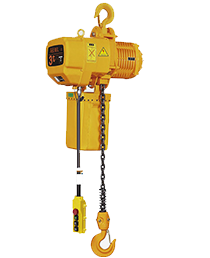




Three phase electricity and two-phase electricity are two different types of AC power systems, which have significant differences in power supply composition, voltage levels, and applications.
Three phase electricity is a power source composed of three alternating potentials with the same frequency, equal amplitude, and phase difference of 120 ° in sequence. Each phase can provide a voltage of 380V, while each phase line can provide a voltage of 220V with the neutral line. The voltage between the phase lines is 380V, suitable for motors and other equipment with star or delta connections. It can be connected in a star (Y-shaped) or triangle (Δ - shaped) configuration to accommodate loads with different power and voltage requirements. It is commonly used for supplying power to large equipment such as electric motors and pumps in enterprises and factories. Capable of generating a rotating magnetic field, driving the motor to work efficiently and stably.

Two phase electricity has two phases, which is one less live wire than three-phase electricity. It is relatively rare in modern power systems, usually consisting of two single-phase systems with a phase difference of 90 degrees. The usual voltage is 220V, mainly used for relatively low-power devices such as household appliances. It usually does not involve complex connections and is mainly used through single-phase power supply. Commonly used in homes, schools, hotels, and other places, such as lighting fixtures, household appliances, computers, televisions, washing machines, etc.
Three phase electricity is more suitable for industrial and high-power scenarios due to its structural advantages and high power transmission capacity; And two-phase electricity is convenient for household and small commercial use. In practical applications, it is necessary to choose the appropriate power source type based on specific electricity demand and conditions.